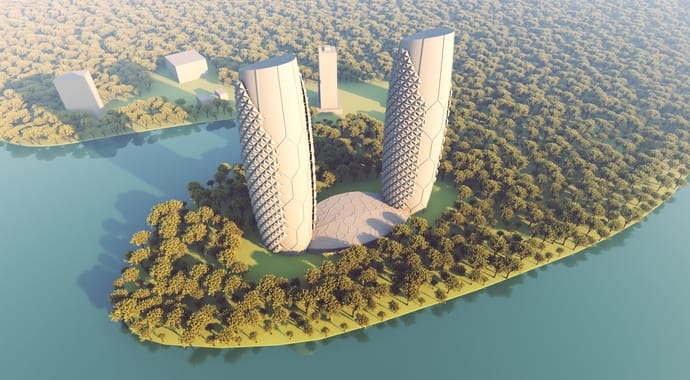
Simple UI. Powerful Functionality.
There are four Node groups as an addition to the Grasshopper menu: Geometry, Lighting, Materials, Render and Render Elements. The rendering is triggered by activating the V-Ray Render node and the V-Ray Frame Buffer is displayed on the screen, providing real-time progressive feedback of the Rhino screen cutout.






